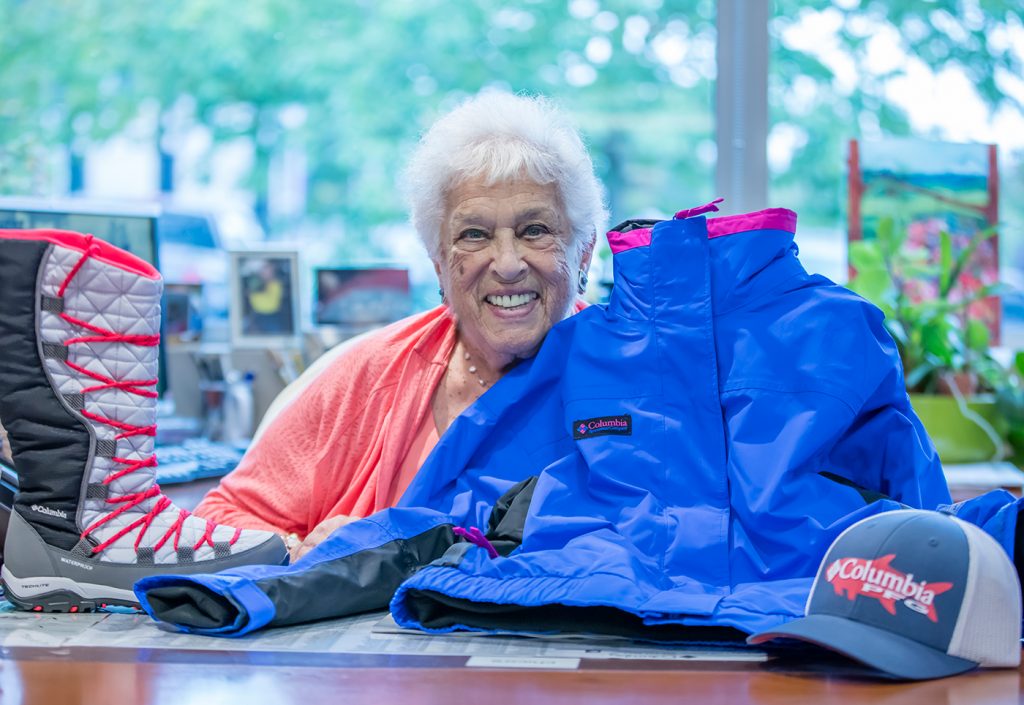Editor’s Note:
Today would have been Gert Boyle’s 100th Birthday. Here is a reprint of SGB Media‘s interview with Columbia Sportswear’s Matriarch in October 2016. Mrs. Boyle passed away just three years later.
***
Gert Boyle Was An American Treasure
By Nancy Prichard Bouchard, Ph.D.
If she read the accolades pouring through this morning, she would probably laugh and make a witty, self-deprecating retort about her age, figure or relative position in the big picture of things. But no one can argue Gert’s value to the Outdoor Industry, Portland, OR, the U.S. economy, international philanthropy, and in making the world a warmer, drier and all-around better place.
In 2016, SGB Today and I were fortunate to have had a morning to sit down with Mrs. Boyle in her office and chat about the past, present and future of Columbia. Here is a reprint from our conversation, published in SGB magazine in October 2016, which we hope you enjoy as much as we did when we spent time together.
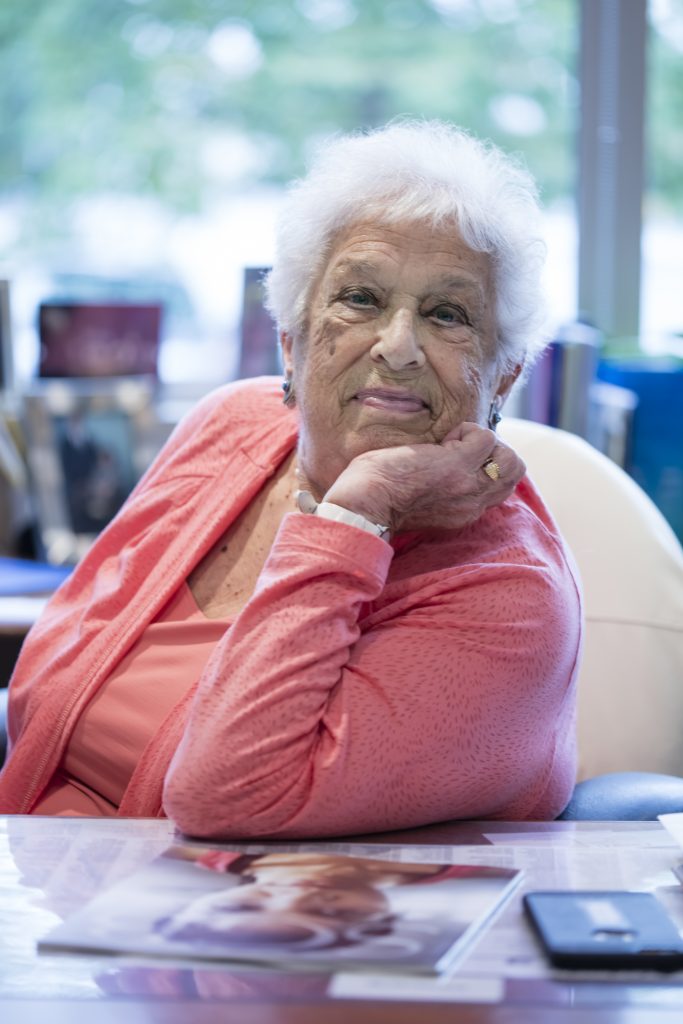
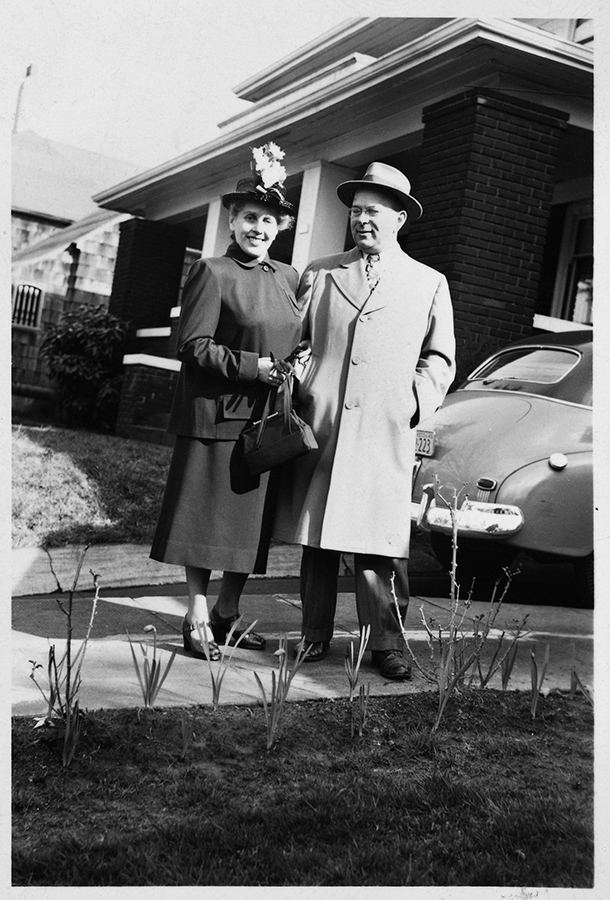 An American Success Story
An American Success Story
Gert Boyle, Columbia Sportswear’s Chairman of the Board, One Tough Mother, Ma Boyle, or Mrs. Boyle, was an American success story. She held the title of Columbia’s Chairman of the Board—she never liked the word Chairwoman—from 1998 until her passing, going to work every day. From 1970 to 1998, Gert was the company’s president. During her tenure, she was thrust into running Columbia when her husband Neal died in 1970 and guided the brand to over $2B in sales with her son, Tim.
Gert epitomized everything that makes America great.
Born in Germany, Gert and her family fled to the U.S. to escape the horrors of Nazi Germany when she was 13. Her father, the owner of one of Germany’s largest shirt factories, had realized the threat of Hitler’s Germany for the Jewish people and planned his family’s escape in 1936. Only because his mother lived in San Francisco and his brother in Portland, OR, was the family able to obtain U.S. visas. They boarded a ship in July 1937 that took them through the Panama Canal, up the Pacific Coast to San Francisco and then on to Portland, OR. Gert didn’t return to Germany for another 60 years.
While her family was only allowed to bring $20 out of Germany, nothing could rob Gert’s father of his entrepreneurial spirit. The family was enthusiastically American, and there was no doubt Gert’s parents, pictured above right, would realize the American Dream.
One of the first things the family did, after settling in Portland, OR, was to travel to Mount Hood to watch President Roosevelt speak for the dedication of Timberline Lodge. After settling his family, Gert’s father borrowed money to buy the Rosenfeld Hat Company and went to work. He changed the company’s name, picking Columbia after the mighty river that ran through the family’s new hometown. In Germany, Gert’s father employed hundreds; in Oregon, he turned his energy to operating the small hat store.
Gert, her two sisters and her mother embraced their lives as Americans. Gert helped put hatboxes together with her sisters and, like many Oregon children of her era, worked during summer months for local farmers, picking strawberries and beans.
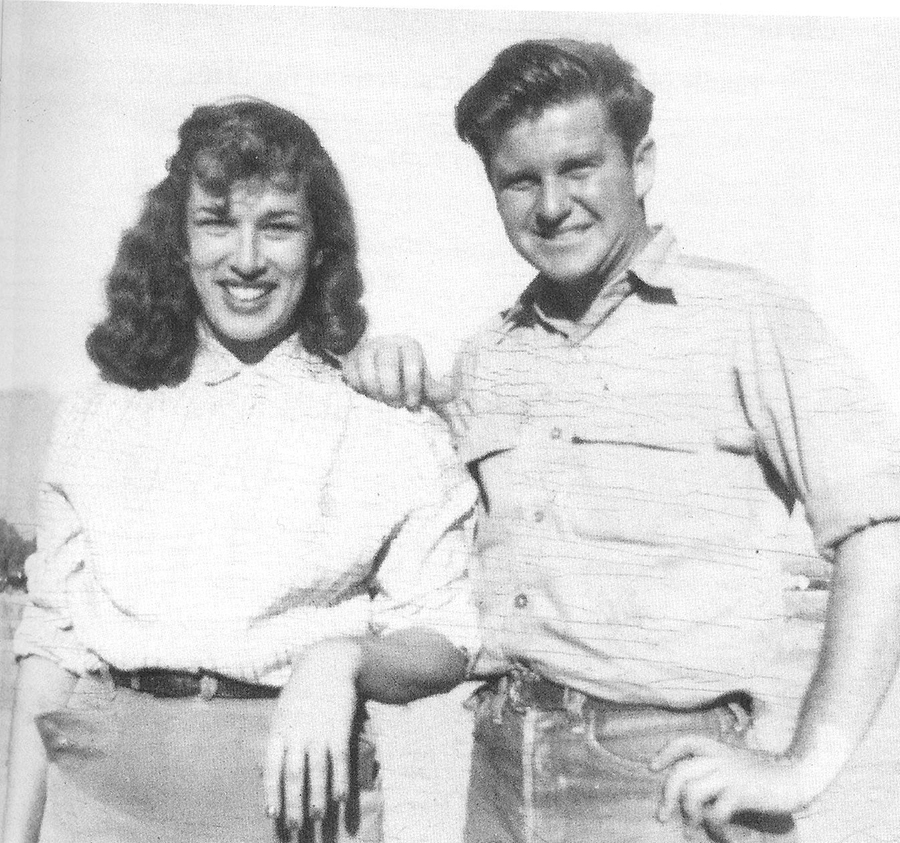 A Family Business
A Family Business
Gert went off to college in the Fall of 1943 to attend the University of Arizona. There, as the story goes, under a table after a fraternity party, she met the love of her life, Neal Boyle, pictured right, whom she married in 1945. Gert’s father offered Neal a job with Columbia and the small family (they had had Tim by that time) moved back to Portland.
Gert’s father and Neal worked well together, and the company flourished. Her father was a “nuts and bolts” man who knew how to run a business and her husband was a visionary with ideas on how to grow their customer base. Both were excellent salesmen.
By the late 1950s, the men realized that the Pacific Northwest was attracting people who loved to hunt, fish, ski, and hike. In 1959, they changed the name of the company to Columbia Sportswear, as they had started to sell outdoor products and ski wear. The first foray from hats was gloves.
Neal was inspired by his friends and customers to design a fishing vest. Like most women of her generation, Gert had learned to sew as a child, and she went to work on the pattern and design. She didn’t fish but talked with people who did and came up with a vest that would become one of Columbia’s most successful and enduring products, The Henry’s Fork Vest. Soon the company added rainwear—a smart move in a region famous for wet weather.
When Gert’s father died in 1964, Neal took over as President. Gert’s mother became more involved with the company’s daily operations, going to work every day until shortly before her death at the age of 86.
When Neal stepped up to run the company, it had $400,000 in annual sales. Over the next six years, while he grew the brand, Gert stayed home and raised the couple’s three children, Tim, Kathy and Sally. Once they were in school, she would go to the office to spend time with her husband, mother and employees. In December of 1970, Gert would begin to play a much larger role in the business.
Gert Boyle And Her Son, Tim, Step Up To Lead Columbia Sportswear
Tragedy struck when Neal died of a heart attack. Gert had no experience with running a company but, as she related in her autobiography, “One Tough Mother,” “If someone asked me to swim a mile, I would tell them I couldn’t. But if someone took me out on a boat and pushed me out into the ocean a mile from shore, you better believe I would start swimming.”
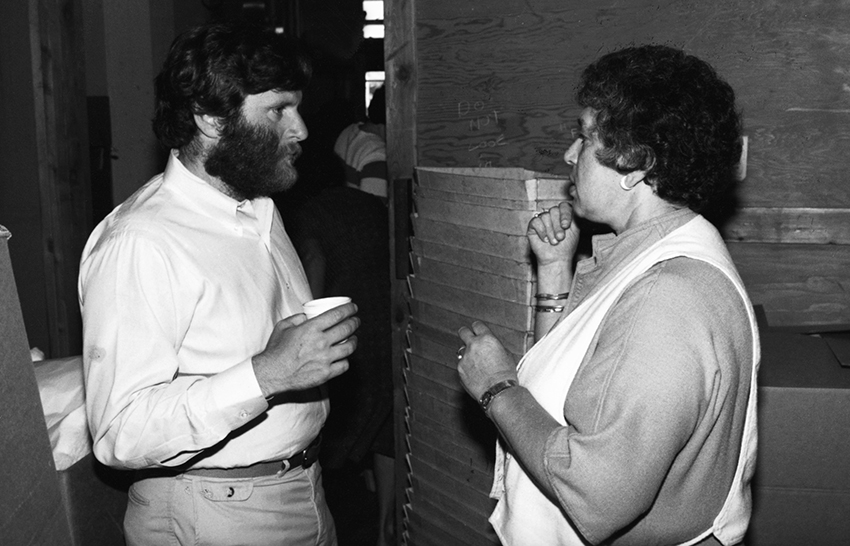 With the help of her son Tim, pictured with Gert right, who had recently married and was a semester short of graduating from the University of Oregon, Gert went to work.
With the help of her son Tim, pictured with Gert right, who had recently married and was a semester short of graduating from the University of Oregon, Gert went to work.
At the time of her husband’s death, Columbia had $800,000 in annual sales. A year later, sales fell to $600,000 and the “wolves” (bankers) were at the door. Gert considered selling the company. A potential buyer made an offer, but after reading the contract’s fine print, she realized she’d end up with only $1,400. “For $1,400, I would just as soon run this business into the ground myself,” was her famously quoted response.
Gert and Tim, who in good Boyle tradition did finish college, formed a Board of Directors to elicit advice and guidance from local businessmen. They slashed Columbia’s product line and started manufacturing private-label products for well-known national outerwear companies, slowly pulling the company back from the brink. Both Tim and Gert worked long hours, and Gert bought a lawnmower with a headlight so she could take care of household chores after her long workday.
During Gert’s tenure as president and CEO of Columbia, the company prospered. There were bumps, but the mother-and-son duo didn’t give up. The company focused on quality, innovation, durability, and customer service. By 1977, Gert and Tim paid off the SBA loan and the mortgage on the company’s building. There were 60 employees and annual sales of nearly $1.5 million.
Columbia Takes The Lead
With the rise of appreciation for outdoor activities, Columbia began leading the nascent outdoor industry in developing its own technology. In the early 1980s, Gert and Tim worked together to create the world’s first three-in-one jacket, the “Interchange System,” so people would have flexibility in dealing with the elements—the coat had a fleece liner that zipped out of a waterproof shell. The jacket was named after The Bugaboos, one of Tim’s favorite mountain ranges, and sold more than five million units.
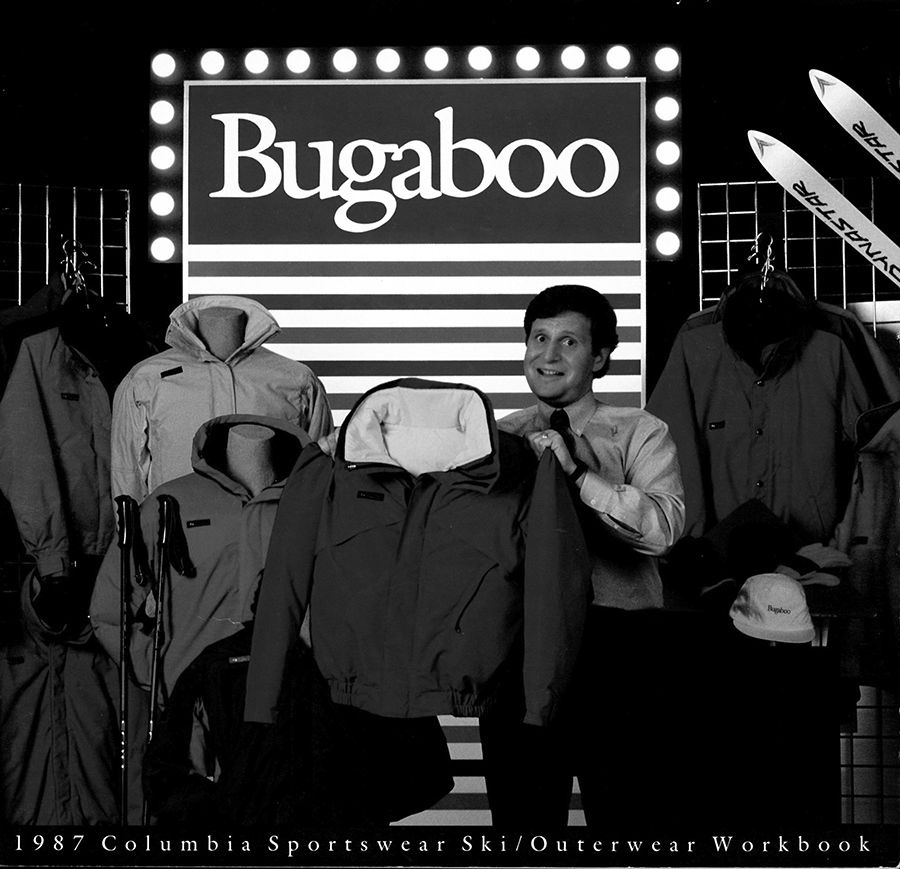
Columbia had hit on a good formula. They made apparel tough enough to keep hunters, anglers and hikers warm, but they marketed the brand to a much broader audience. As Gert deftly pointed out in “One Tough Mother,” only about 20 percent of outdoor apparel bought in the U.S. is actually worn for its intended purpose and the other 80 percent sells to people who like the “rugged outdoor look.” Gert also focused on “selling a great product at a fair price,” a formula that helped Columbia grow when others faltered.
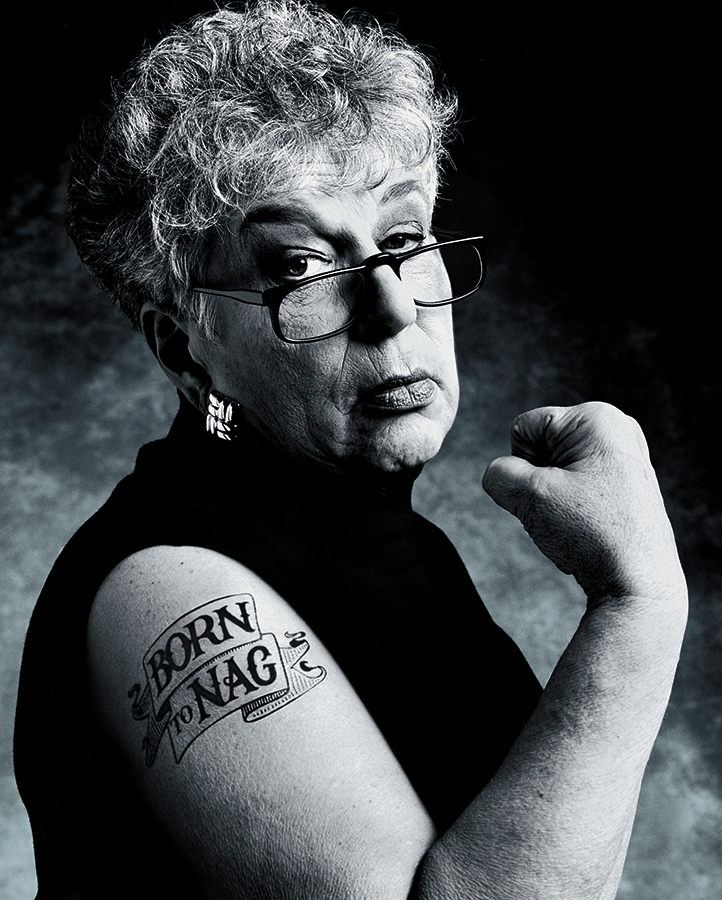 One Tough Mother
One Tough Mother
Gert and Tim’s hard work, a keen understanding of consumer demand and the ability to pull together a great team, spurred Columbia’s success. But there’s no doubt that the “One Tough Mother” advertising campaign in the 1980s and ‘90s that focused on Gert with her “Born to Nag” tattoo, and Tim as her private crash test dummy, sparked the imagination of the global public and upped Gert’s rough-and-tumble media persona into cult status.
The first ads introduced Gert, then in her late 50s, with her trademark spectacles perched low on her nose, as an “Overly Protective Mother,” but the game soon changed. “Bullheaded” soon replaced “Overly Protective.” Then in the late 1980s, the ads got funnier and edgier. In one, Tim quoted Gert as saying that since the Bugaboo Jacket was such a great seller with its zip-out liner, jocks should sport zip-out fleece too. The ads started turning the humor toward Gert herself with memorable lines like “Unlike our Chairman, it’s uncomplicated and lightweight,” or “Protective, but not overly warm, just like the parka.”
Throughout the campaign, Gert got tougher and tougher, and Columbia’s sales climbed. The television advertising campaign was even funnier than print ads. To prove the effectiveness of Columbia’s apparel, Gert encased her Tim under an ice skating ring and drove over him with a Zamboni. In another, she ordered Tim through a car wash (sans car) to make sure Columbia’s latest jackets were truly waterproof.
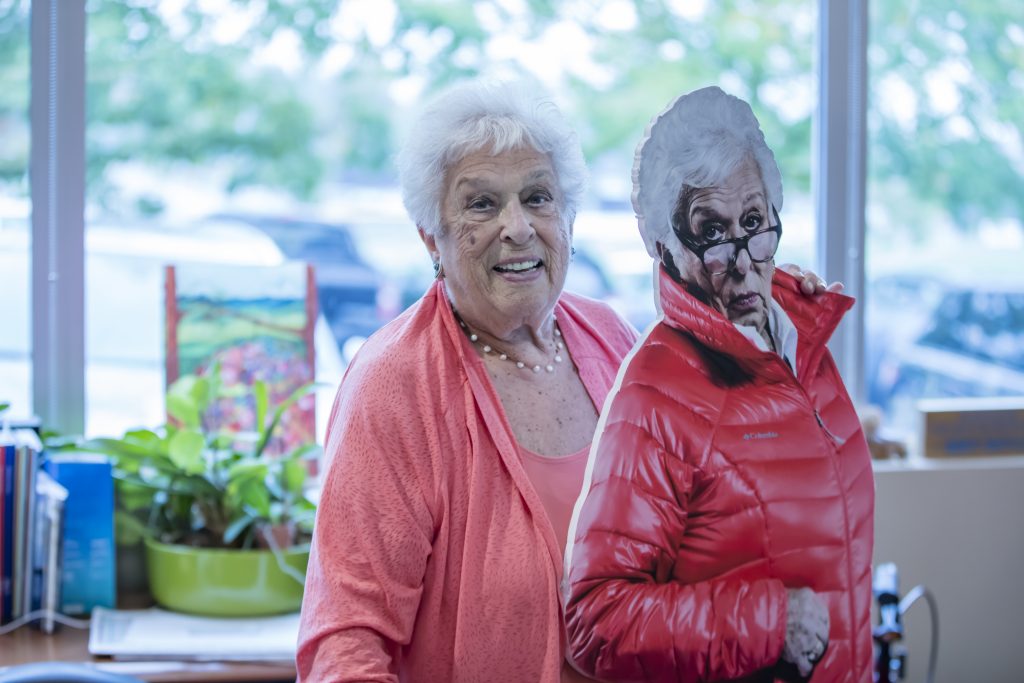
The mom-and-son duo were a hit with customers. The ads made people laugh and showed Gert’s willingness to poke fun at herself (she posed with emo spiked hair, alongside leather-clad bikers and clung to a rock face). The company even manufactured Gert Boyle greeting cards. There was no doubt that Gert and Tim were willing to go the extra mile to ensure their gear was field-tested and field-worthy.
Gert Shows The World That Her Toughness Isn’t Just Marketing Hype
No one realized how truly tough Gert was until 2010 when three men kidnapped the then-86-year-old in front of her home after pretending to be fans and forcing Gert into her garage. Despite being roughed up she managed to trigger a silent alarm to call for help. Even under such dire circumstances, she kept her wits about her. One of the kidnappers was wearing a The North Face jacket. Gert’s statement to the police … “I should have been suspicious, to begin with, they were wearing the wrong brand!”
Gert’s achievements in keeping people warm and dry in the outdoors are easy to identify. Under her tenure as President and Chairman of the Board, Columbia introduced Omni-Tech, now one of the world’s leading waterproof/breathable systems for rainwear.
Technology Drives Sales
Omni-Shade came to market a few years later, revolutionizing how people protect themselves from the sun in hot climates. Then Columbia set its sights on Omni-Freeze Zero, another groundbreaking technology that made fabrics “smart” by allowing them to react to the skin’s temperature for cooling. Omni-Heat Reflective introduced small, shiny dots on the inside of the fabric, reflecting body heat to keep people warmer with less weight.
Over the last few years, Columbia has upped the ante with waterproof OutDry, a patented and exclusive lamination process that bonds a waterproof, breathable membrane directly to the back of a shoe’s outermost layer creating a one-piece upper, and OutDry Extreme, an award-winning proprietary technique that eliminates a fabric layer for waterproof breathables and puts the waterproof membrane on the outside to prevent a “wet out.”
In 2017, Columbia set the height of the environmental sustainability bar with OutDry Extreme Eco, the first membrane made without the use of PFCs, instead made from recycled plastic bottles and a dye-free fabric that saves 13 gallons of water per jacket.
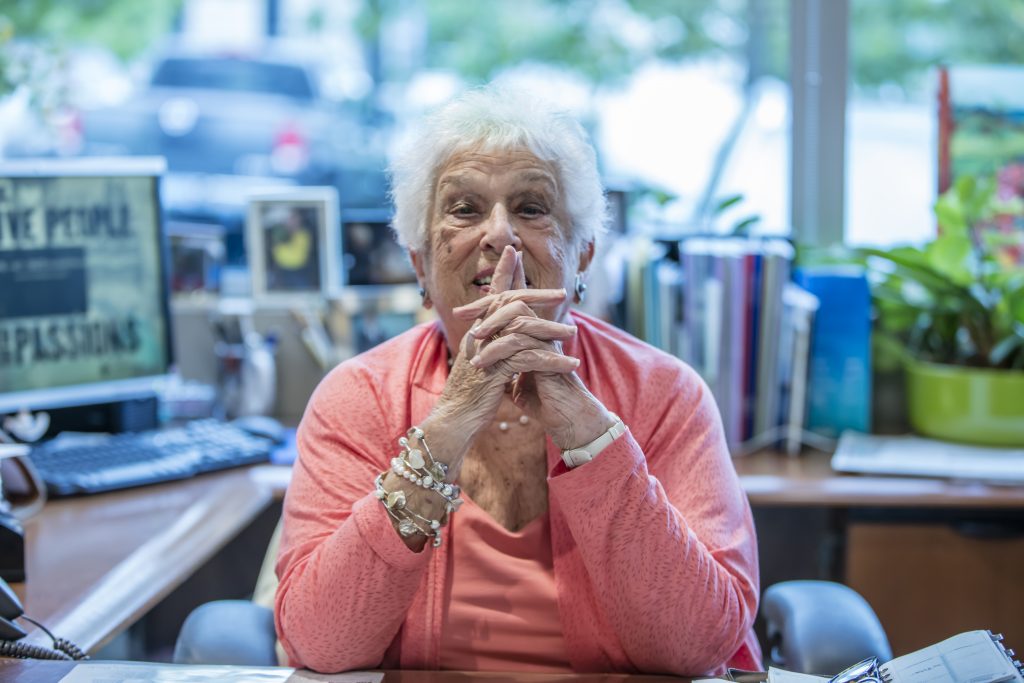
Gert’s Mission
Was Gert’s focus on saving the world, one jacket at a time, something new? Not really. Gert was a philanthropist. She sent enormous amounts of money to funds she was passionate about like CASA, Cancer Research and Special Olympics. Gert didn’t talk much about her giving. In fact, her practice was to donate anonymously. Through philanthropy, Gert made sure that other people, who may have not started out with a fair shake in life, had their shot at the American dream, too.
Gert Boyle was a woman on a mission who overcame great odds to make her mark, not selfishly, on the American landscape. She is a testament to the power of setting your mind to it and getting the job done.
“Focus on what makes you unique. There is something that sets your business apart from your competitors—make the most of that difference.” —Gert Boyle
Photography by Tiffany Renshaw
Historical photography courtesy Columbia Sportswear

